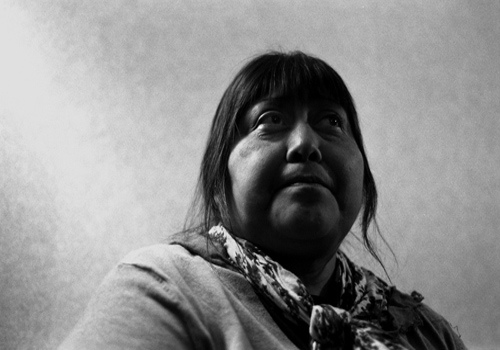By Mike Sunnucks, Phoenix Business Journal
A controversial casino development in the West Valley is taking a big step forward.
The U.S. Department of the Interior is notifying Arizona lawmakers and other Native American communities that it is looking favorably on an effort by the Tohono O’odham Nation to take a parcel of land at 91st and Northern avenues into trust. The Southern Arizona tribe wants to develop a $500 million casino on the parcel.
This move sets the stage for full federal approval, according to an official familiar with the casino plans.
“The handwriting is on the wall,” the official said.
U.S. Department of the Interior Assistant Secretary of Indian Affairs Kevin Washburn told other tribes of his decision to approve the O’odham’s application for the land to be an extended part of their reservation.
This would propel the casino toward construction after a prolonged legal fight.
“Today’s ruling by the Department of the Interior allows the Nation to move another step closer to benefiting from the United States’ promise to the Nation that we would be able to replace our destroyed reservation lands. The Nation is eager to move forward to use our replacement land to create thousands of new jobs in the West Valley,” Tohono O’odham Nation Chairman Ned Norris, Jr. said in s statement.
The O’odham casino has faced opposition — including lawsuits and legal appeals — from some state lawmakers as well as the Salt River Pima-Maricopa Indian Community and the Gila River Indian Community. Those two tribes, which already operate casinos in the Phoenix area, cite concerns about the O’odham casino’s impact on state gaming compacts.
A federal 1986 law allows the O’odham to replace lands lost to a federal dam built in Southern Arizona with unincorporated parcels in the Phoenix area. The tribe quietly bought the West Valley parcel in 2003.
The O’odham have prevailed in lawsuits brought against the project, and efforts by U.S. Rep. Trent Franks to change the 1986 law have not progressed in Congress.
Officials involved in the casino scrap were still trying to figure out the implications of the federal actions today.
Interior officials and some Arizona players involved in the issue either could not be reached or declined requests for comment.
Salt River Pima Maricopa Indian Community President Diane Enos voiced disappointment with the ruling.
““The Community absolutely disagrees with Washburn’s decision for both legal and policy reasons. The Tohono O’odham Nation has asserted a right to create three additional Indian
reservations on county islands in Maricopa County to locate casinos. This is why many Valley mayors have been standing by tribes in asking for a resolution by Congress, fearful that their
city is next,” Enos said.
Gila River Indian Community Governor Gregory Mendoza released the following statement Friday:
“While our Community is disappointed by today’s decision, we are not surprised. As Assistant Secretary Washburn noted, he was faced with interpreting an ambiguous provision of a law passed by Congress decades ago. That’s precisely why our Community believes Congress is the best entity to decide this matter and uphold the will of Arizona’s voters. We hope voters across the state will contact their members of Congress to weigh in on this matter.
“It’s also critically important to note that this decision does not give the Tohono O’Odham Nation permission to game on this land. The Department of Interior has yet to decide that point and the majority of tribes in Arizona – including non-gaming tribes – remain opposed to the Nation’s casino because it poses a direct threat to the balance of tribal gaming in our state.
“We will review this decision thoroughly in the coming days and decide whether to take legal action.”


